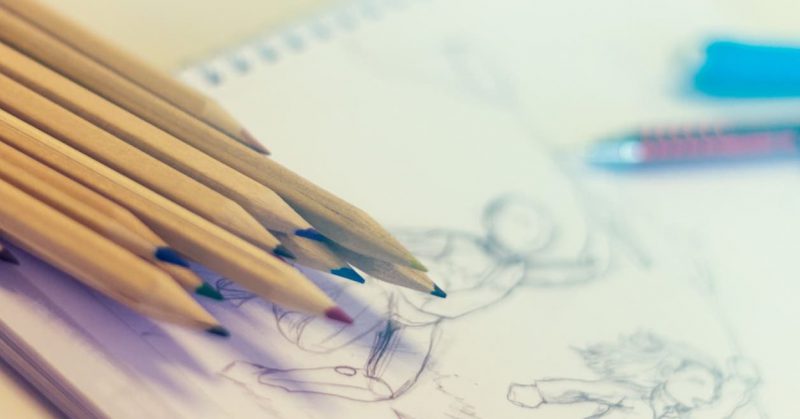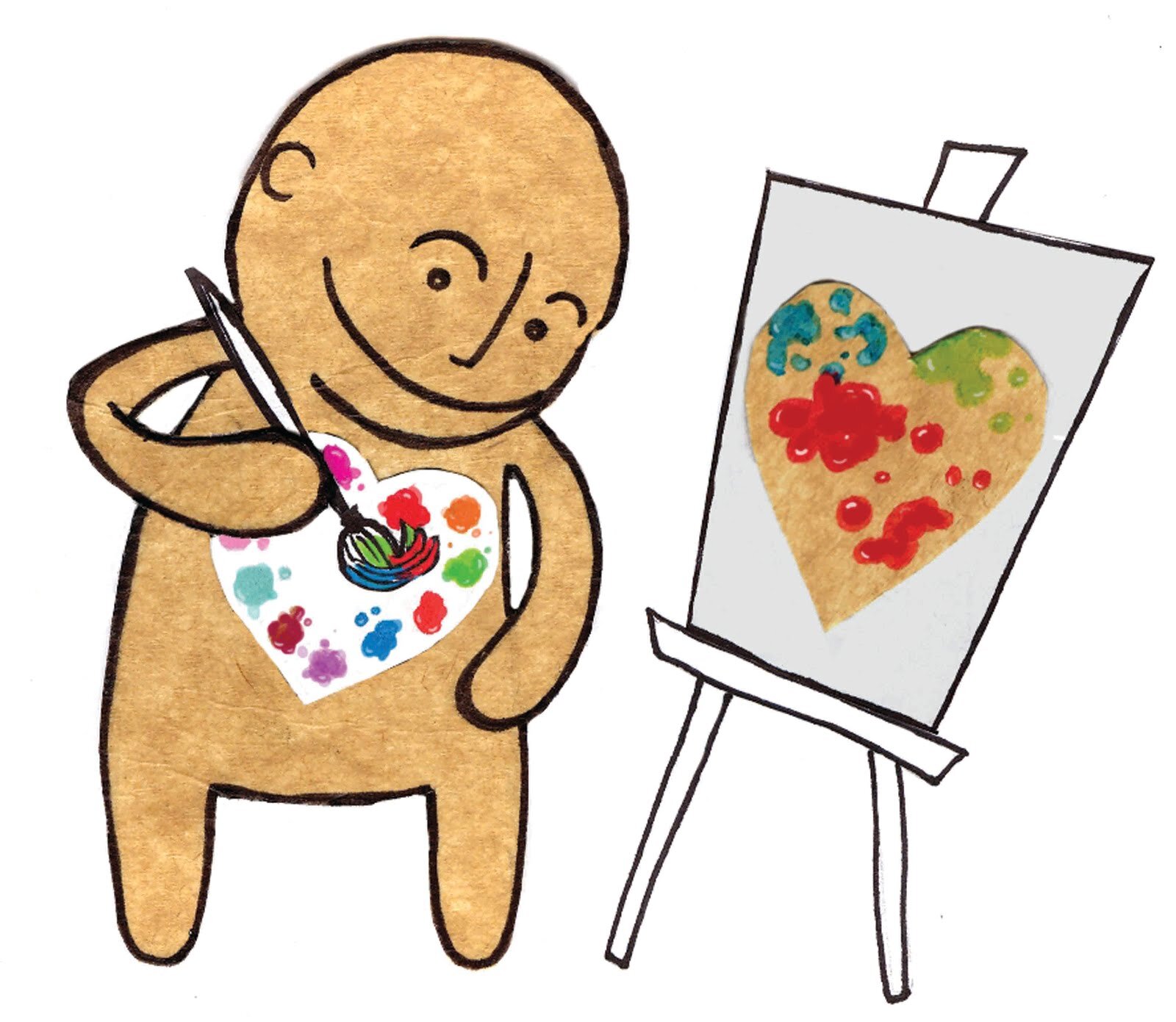THE ART OF DRAWING
What is the drawing?
Drawing as a formal artistic creation could be
defined as the essentially linear interpretation of objects in the visible
world, as well as the concepts, thoughts, attitudes, emotions and fantasies
that are given visual form, symbols and even abstract forms. This definition,
however, applies to all graphic arts and techniques that are characterized by
an emphasis on form or shape rather than mass and color, as in painting.
Although not all works of art have been preceded by a drawing in the form of a
preliminary sketch, drawing is the basis of all visual arts. Frequently the
drawing is absorbed by the finished or destroyed work in the course of the
execution.
THE BASIC ELEMENTS ARE:
THE LINE: It is a means of expression of the artistic drawing that the
artist uses to express the most varied moods.
THE FORM: It is to capture the dimension of the proportions with lines
and values, helping by the contrast that gives the play of light and shadow.
THE VOLUME: It is the space occupied by a body that is represented by
degraded shadows (multitude of grays).
Difference between drawing and painting
The clearest distinction between these two media is found in the
materials traditionally associated with each of them. Drawing usually involves
working with pencil, ballpoint, charcoal, pastel and even ink. The painting
involves the use of a brush, spatula or sponge and liquid paint.
From a conceptual point of view, the drawing provides the basis for any
representative work of art. At the most basic level, it establishes
proportional relationships and measures how far objects are from each other.
The representative painting uses the drawing as a base, constructing the
dimensionality and the transitions of light and color through the painting.
TYPES OF DRAWING
Landscapes
 This type of drawing was
born around the 15th century. It is believed that one of the pioneers in this
type of drawing was Jacopo Bellini, who found several notebooks with sketches
of landscapes.
This type of drawing was
born around the 15th century. It is believed that one of the pioneers in this
type of drawing was Jacopo Bellini, who found several notebooks with sketches
of landscapes.
From then on, great
exponents of the genre emerged with only landscapes. Some like Domenichino,
Claude Lorrain and Nicolas Poussin, mixed the landscapes with mythological and
classic themes.
Camille Corot and Van Gogh
were the best known exponents of the genre.
Cartoons
 This genre is closely linked to the genre of illustrations. It is said
to have to do with the exaggerated representation of the visual features of a
person or situation. The finished caricature points to Annibale Carracci, as
its creator between the 15th and 16th centuries
This genre is closely linked to the genre of illustrations. It is said
to have to do with the exaggerated representation of the visual features of a
person or situation. The finished caricature points to Annibale Carracci, as
its creator between the 15th and 16th centuriesDrawing technique with pen and ink.
The pens are used to make strokes, as well as pencils,
and there are a variety of these. The particularity of the pens is that they
are created by the artists themselves in different colors to sketch,
calligraphy writing pens and special pens to draw some edges.
In the case of the drawing technique with ink, the
Chinese, Indian or pen are used. The strokes made with ink will be more linear
than those that are developed with pencil, and the tonal evaluations are
deeper. It can be used on a sketch made with graphite. One of its great
advantages is that it can be developed in several layers, after the tone dried
on the paper.
draw with markers
 Also known as the marker technique, it is one
of the most modern and used mostly by all new artists. It is applied using a
marker, down or fibron, for the realization of abstract art, or combination of
colors. The advantage of the marker is that in most cases it is not necessary
to repeat the trace, since with a single pass it is enough to fill any space.
Also known as the marker technique, it is one
of the most modern and used mostly by all new artists. It is applied using a
marker, down or fibron, for the realization of abstract art, or combination of
colors. The advantage of the marker is that in most cases it is not necessary
to repeat the trace, since with a single pass it is enough to fill any space.PSYCHOLOGICAL BENEFITS OF THE DRAWING
Practical application of drawing in therapeutic processes Drawing,
as a form of expression and communication inherent in people (despite the fact
that with age is no longer in use), makes it possible to work on different
problems, regardless of the age of the therapist. Thus, it has been used in
children with special educational needs, victims of mistreatment, with
behavioral disorders or with attention deficit and hyperactivity, to name a few
examples. It is also used in people with terminal illnesses or as occupational
therapy in residential centers. As you can see their possibilities are endless
and there are still many areas and problems in which to explore their
applications and benefits.



